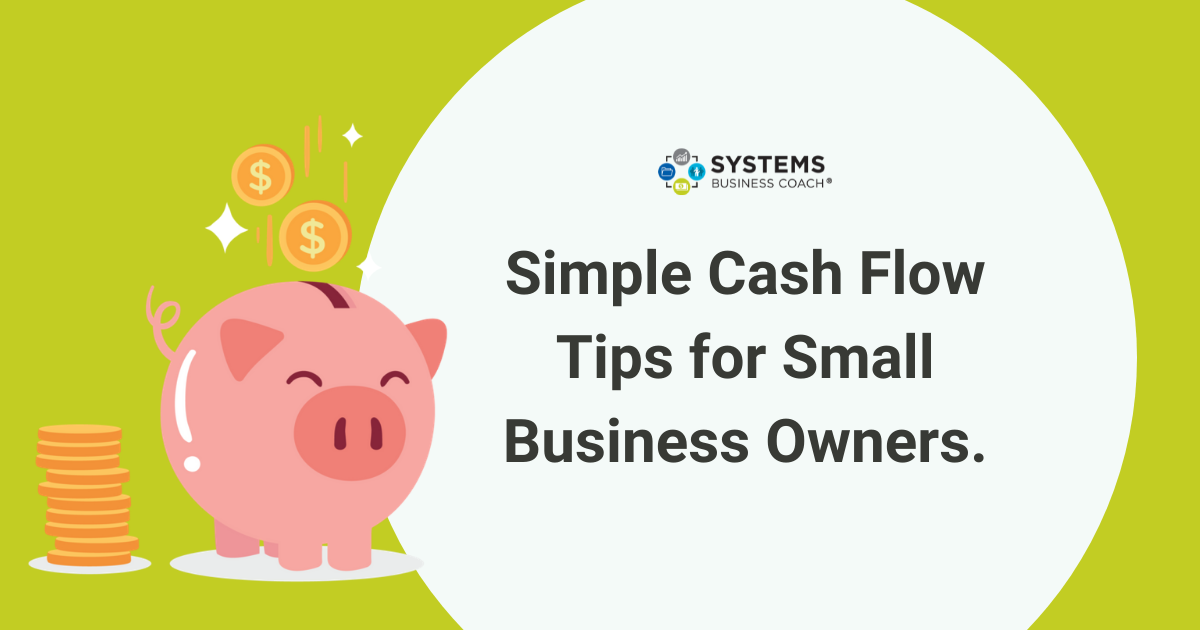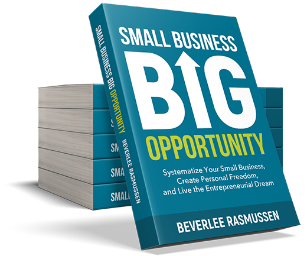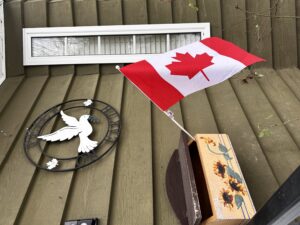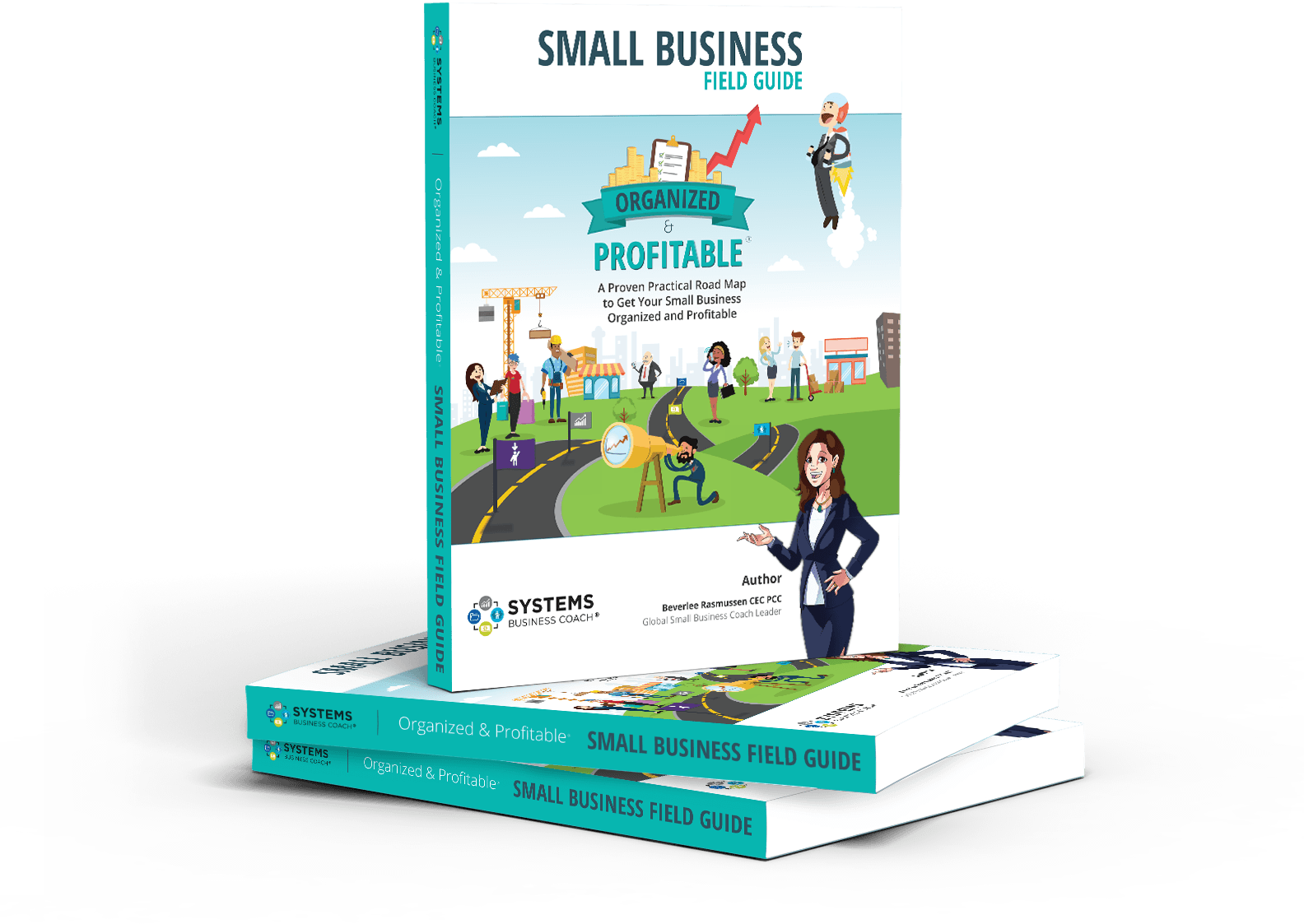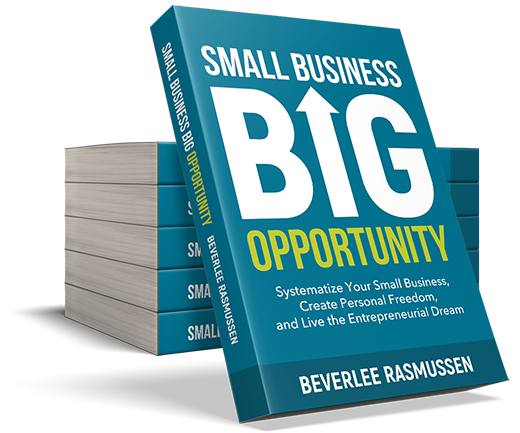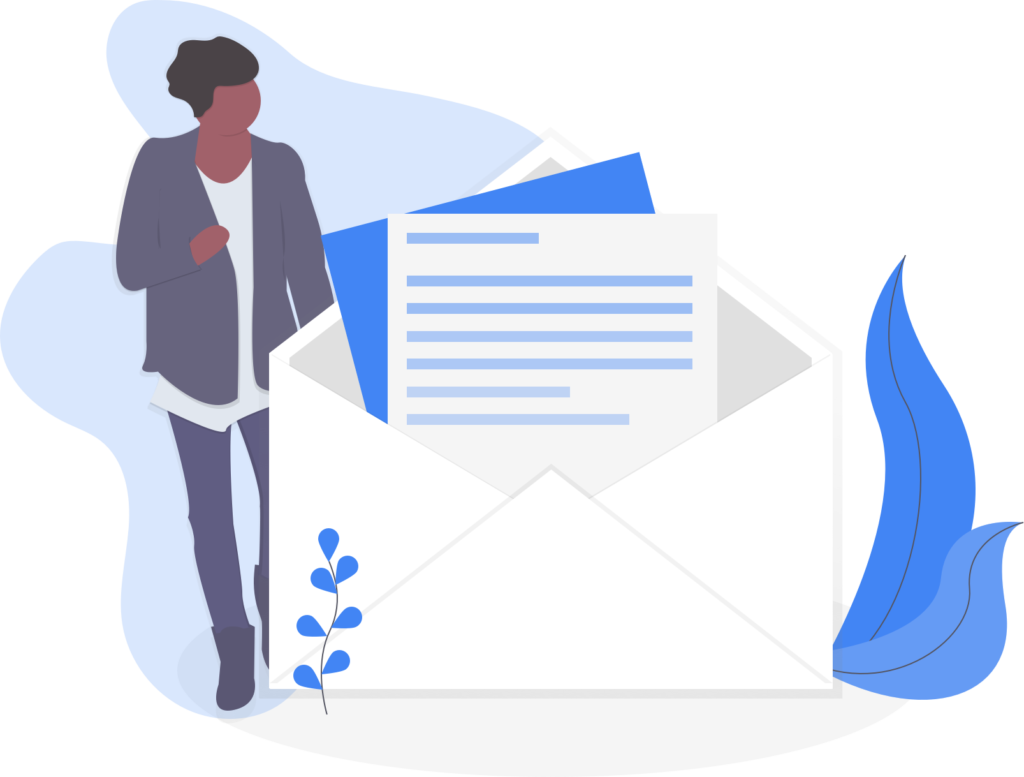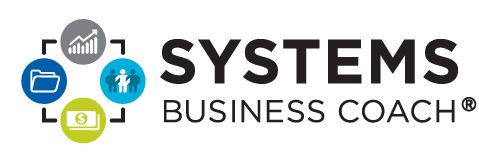How can you make sure that you have the cash flow coming in to your business? And how much should you have in reserve for those unexpected costs?
We’ve all had this moment—our tax bill shows up on schedule, but we forgot about it and suddenly we are trying to figure out how to pay it. Or an unexpected repair on a critical machine stresses us out.
These moments are exasperhating. Yet, there are higher costs when it comes to not having cash flow or even reserves in your business.
When things come up, like unexpected costs, it can cripple, if not end your business. It’s worth it to have enough cash on hand.
With these simple, yet effective, tips you can leave the stress behind and maintain a steady cash flow.
Money out. Money in.
Make sure your books accurately reflect what money is going out and what money is coming in.
You can have a ton of invoices out, but if your clients aren’t paying them, it could cause a significant log-jam in your business. It feels great to make sales, but it’s better if your clients are paying on time and you are putting cash in the bank.
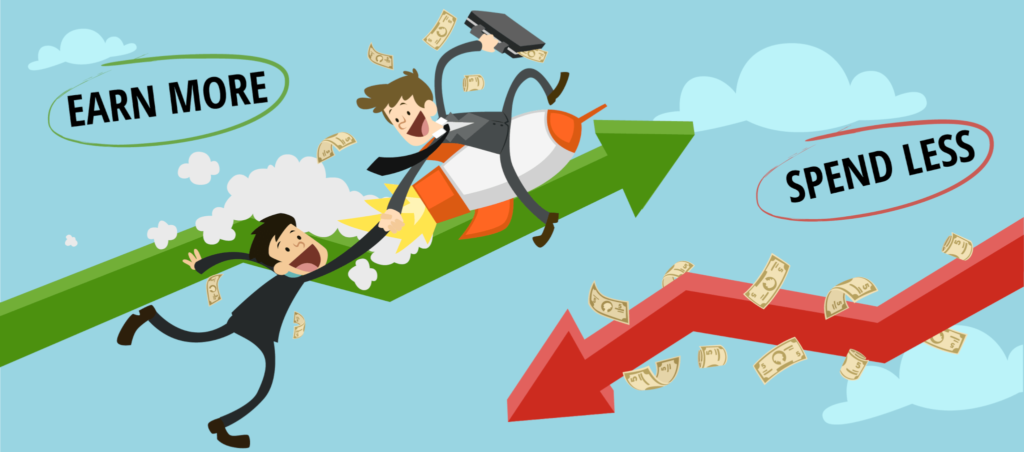
Who is late?
Do you have an accurate account for clients that have not paid?
How are you going about retrieving that money?
Do you send out emails? Call? Do you clearly state when the due dates are?
Some small businesses feel guilty “hounding” businesses—but at the end of the day, businesses need to be paid on time to keep their employees going and keep offerthing their services or products.
To help reduce the stress of calling those who haven’t paid, create a day during the month where you simply call everyone who owes and remind them of the payment.
It may have slipped their mind or they’ve made changes to their account management. It’s important to follow up, making sure they have not forgotten you.
Guard your purchases.
Many businesses spend their way into foreclosure. Small purchases add up; expenditures seem necessary at the time, but soon after, when the dust settles, certain things didn’t need to be bought. That money could have been allocated elsewhere or even saved.
Put a system in place to carefully monitor your purchases so your cash reserves are not depleted and you aren’t left scrambling for this month or next month’s cash.
These systems include:

Calculate the number.
To have the right amount of cash flow for your small business, you must know the bare minimum you need to operate each month.
Once you have an accurate number of your monthly costs, you can determine the monaly cash amount needed for your business.
To calculate your cash amount, figure out your:
- Salaries and wages.
- Day to Day Operation Costs
- Loan and Debt repayments
- Supply/Inventory costs
- Taxes
- Equipment
After totalling that number, you’ll know what you need to do to operate on a monthly basis.
Guard and fight for this number! Without it, your business could fall prey to failure. Make sure not to spend where it isn’t needed.

Each individual business owner needs to decide for themselves what a comfortable cash position is. We recommend to have or work towards having at least 3 months operating cash in the bank. Also, to save all tax dollars you collect in a separate savings account.
Take care of yourself!
When designing your cash systems remember that you are not a bank and it is ok to shorten credit terms to customers in this new electronic economy. Gone are the days when mailing cheques was the only source of getting paid.
Consider your busiest earning months and plan vacations and staffing around being able to fully take advantage of these times.
If you are struggling to pay off credit card debt it is even more important to reach out for help. If your profit is going to pay interest you are working for free. Business is math and it’s ok to hire a tutor, your future self will thank you.
What is one financial tool or training that would be helpful for your small business cash flow? Let me know in the comments!
We are here to help you with your entrepreneurial journey!


Want to fortify your finances?
Register for our FREE small business training: Out of Debt: Creating Your Roadmap to Financial Recovery.
Plus a FREE Cash flow planning tool once you attend!
Always have the money you need in the bank.

